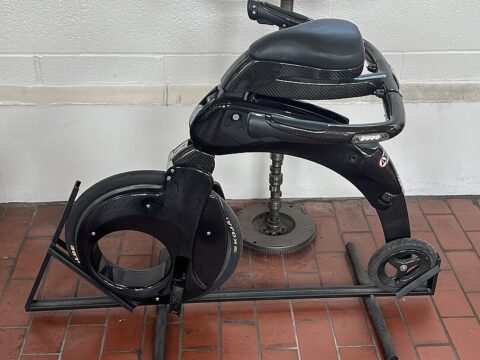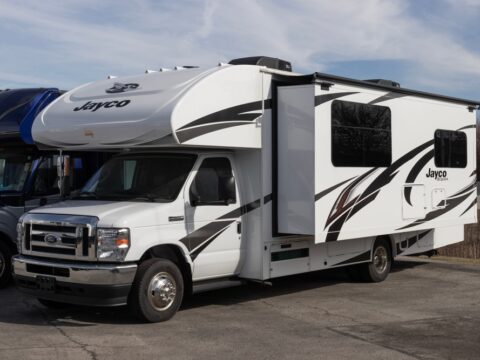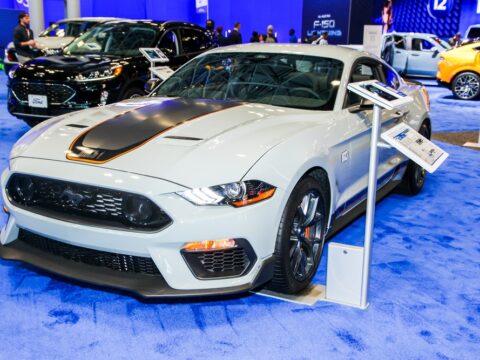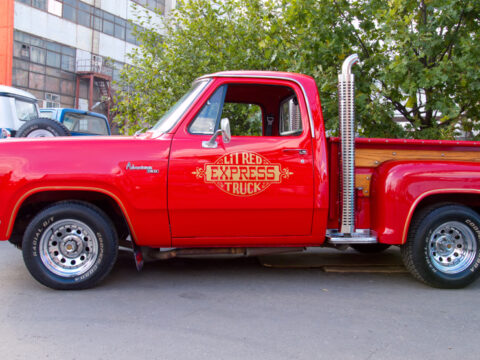Harley-Davidson motorcycles have been a symbol of freedom and adventure for over a century. From their humble beginnings in a small wooden shed in Milwaukee to becoming a global icon, these bikes have captured the hearts of riders worldwide. Whether it’s the distinctive “potato-potato” sound of the V-twin engines or the timeless design that stands out on the open road, Harley-Davidson’s legacy is rich with fascinating stories and milestones. We’ll delve into some fun and intriguing facts that highlight Harley-Davidson’s unique history, engineering marvels, and cultural significance.
Contents
Harley-Davidson has its motorcycle museum
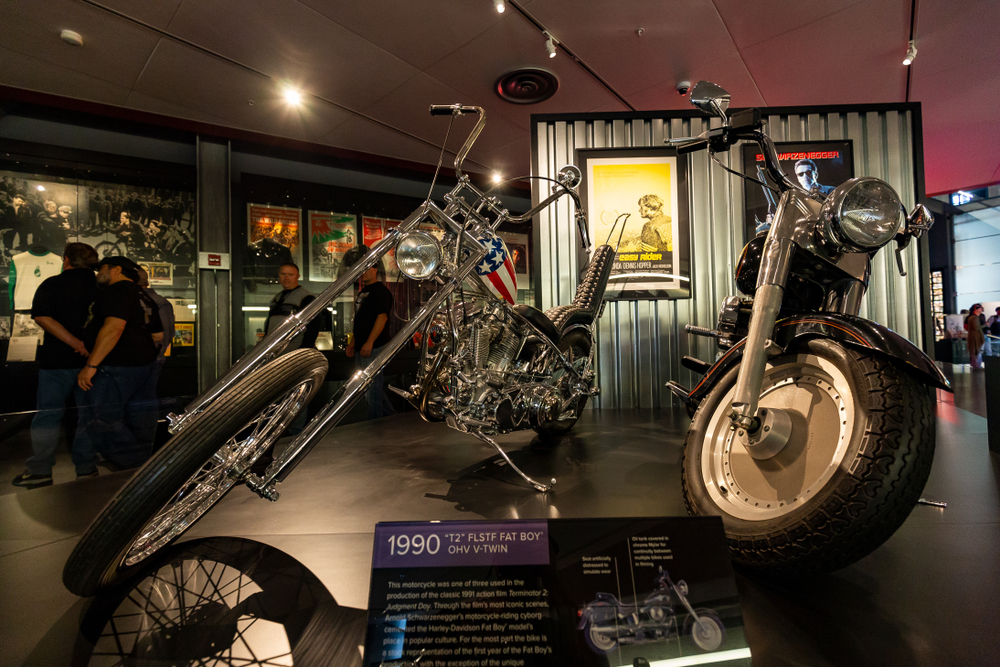
The Harley-Davidson Museum, located in Milwaukee, Wisconsin, opened in 2008 and showcases over 450 motorcycles and artifacts. This museum chronicles the company’s extensive history and cultural impact, featuring exhibits on the evolution of Harley-Davidson bikes, notable models, and even the personal stories of riders. It’s a testament to the brand’s dedication to preserving its legacy and connecting with its passionate fan base.
The Harley-Davidson logo has remained virtually unchanged since 1910
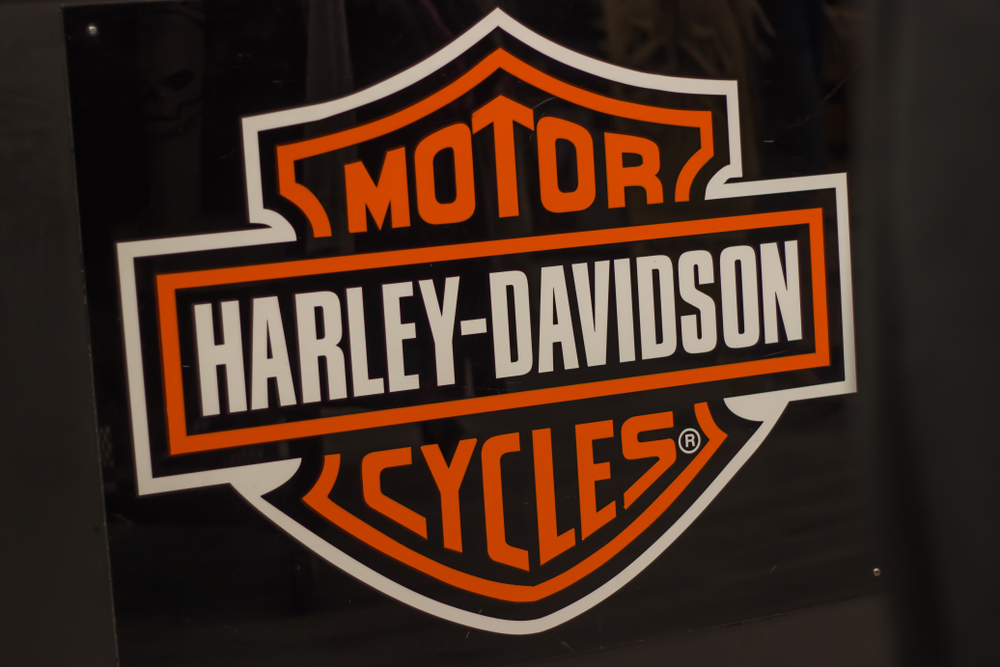
Introduced in 1910, the iconic Bar and Shield logo of Harley-Davidson has remained a symbol of durability and style for over a century. This consistency in branding reflects the company’s commitment to its heritage and tradition. The logo is instantly recognizable and represents the brand’s long-standing reputation for quality and performance in the motorcycle industry.
Harley-Davidson survived the Great Depression, unlike many other motorcycle manufacturers
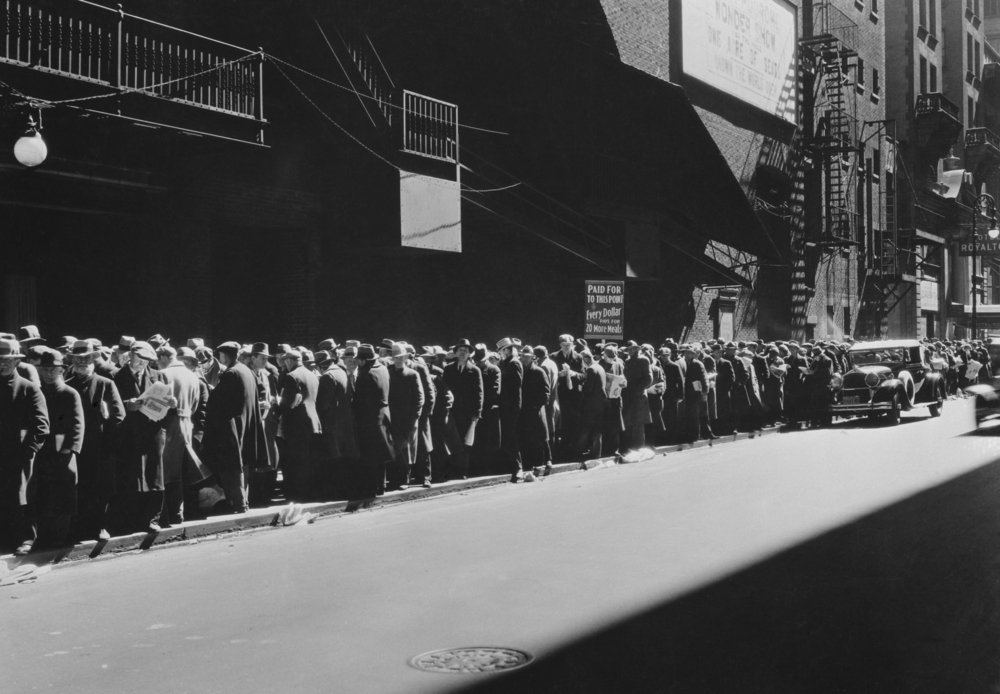
During the Great Depression, Harley-Davidson was one of the few motorcycle manufacturers that managed to stay in business. Through strategic diversification, such as producing industrial power plants and maintaining a focus on quality, the company weathered the economic storm. This resilience not only solidified its market position but also highlighted its innovative spirit and adaptability.
It briefly manufactured golf carts from 1963 to 1982
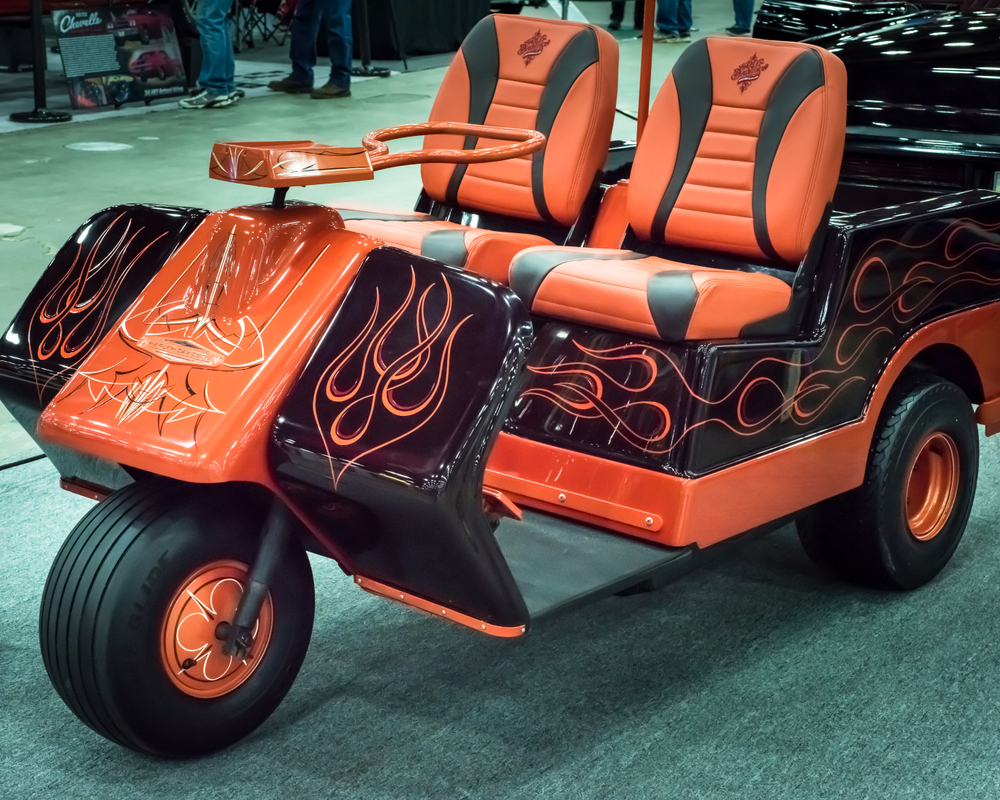
Harley-Davidson ventured into the golf cart market between 1963 and 1982. These golf carts were known for their robust build and reliability, characteristics that echoed the company’s motorcycle engineering standards. Although this foray was short-lived, it demonstrated Harley-Davidson’s willingness to explore new markets and diversify its product offerings.
Harley-Davidson introduced the “Knucklehead” engine in 1936
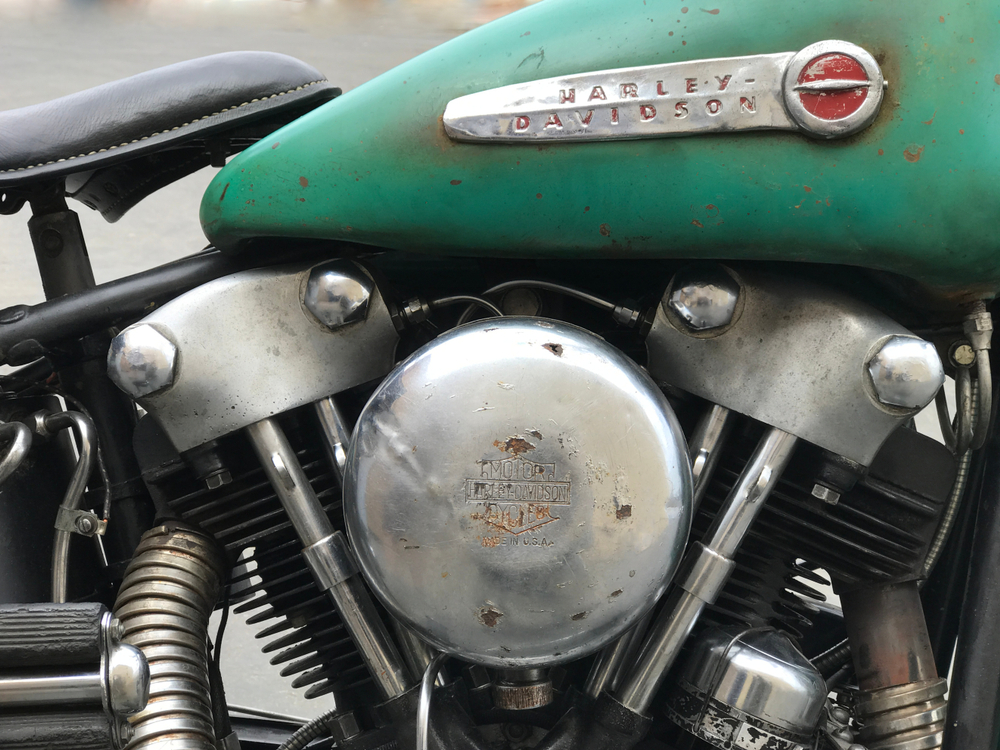
The introduction of the “Knucklehead” engine in 1936 was a significant milestone for Harley-Davidson. This engine, officially known as the EL, was notable for its overhead valve design, which improved performance and reliability. The “Knucklehead” played a crucial role in establishing Harley-Davidson’s reputation for engineering excellence and innovation.
Harley-Davidson motorcycles were used by the U.S. Army in World War I
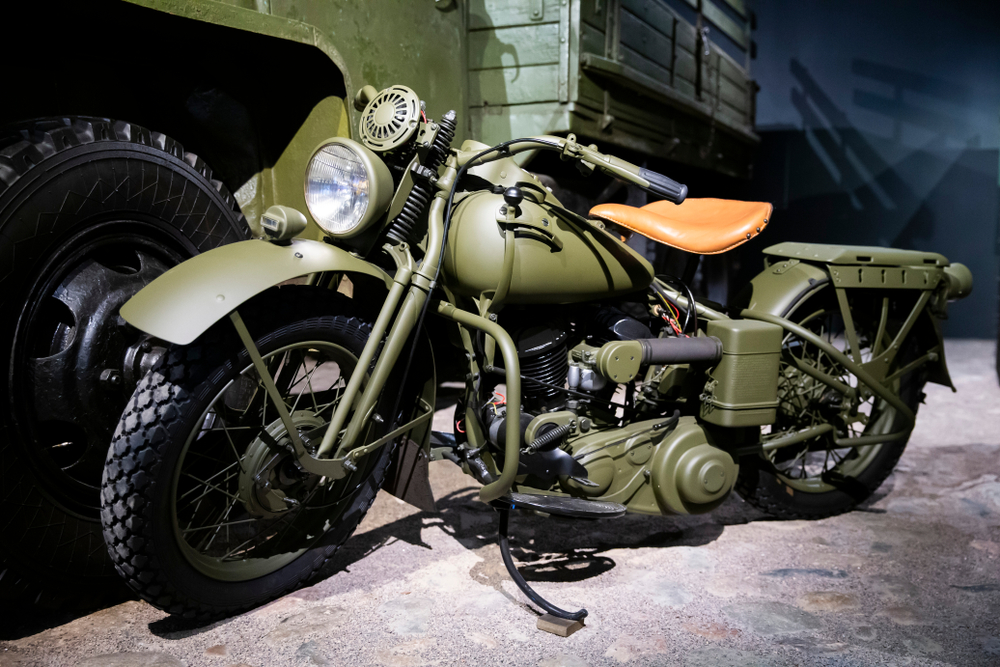
Harley-Davidson supplied around 20,000 motorcycles to the U.S. Army during World War I, becoming a critical asset for military operations. These motorcycles were used for various purposes, including dispatch and reconnaissance. This involvement not only boosted the company’s production capabilities but also cemented its reputation for building rugged and reliable machines.
Harley-Davidson has a unique “potato-potato” sound attributed to its V-twin engines
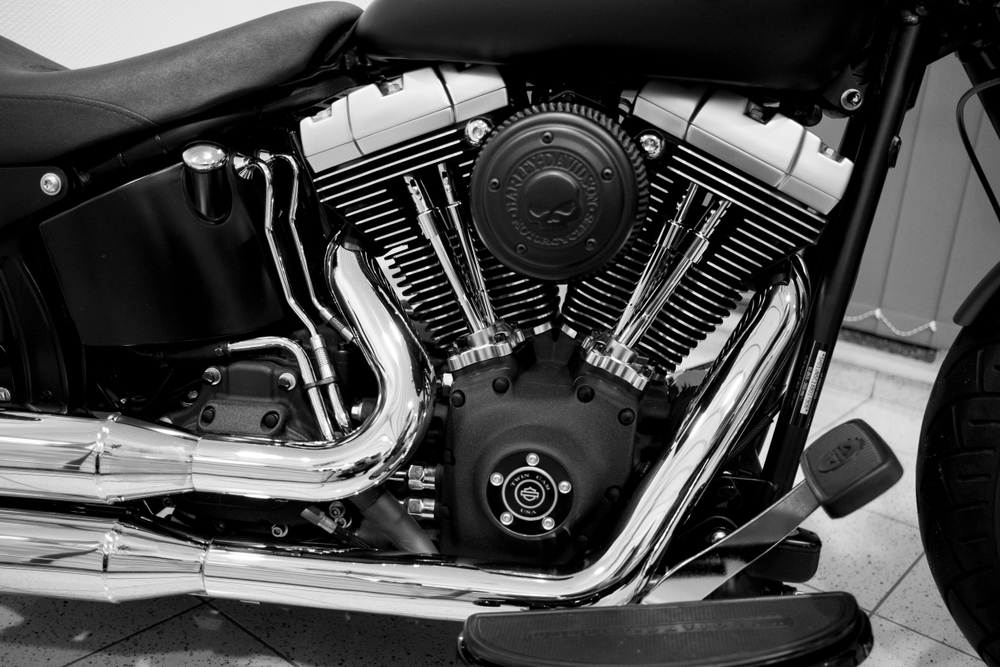
The distinctive “potato-potato” sound of Harley-Davidson motorcycles is a result of the V-twin engine design and its firing sequence. This sound has become an iconic aspect of the brand’s identity, contributing to the overall riding experience that enthusiasts cherish. It’s a symbol of the unique engineering that sets Harley-Davidson apart from other motorcycle manufacturers.
The company pioneered motorcycle police use in 1908
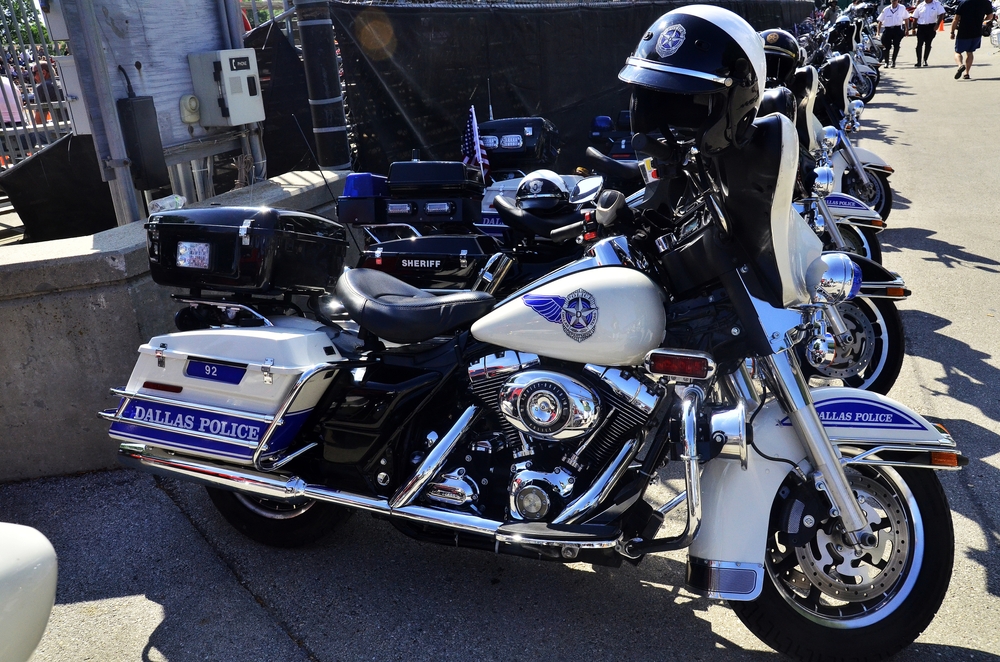
Harley-Davidson became the first motorcycle company to develop a motorcycle specifically for police use in 1908. This move revolutionized law enforcement’s ability to patrol and respond quickly. The relationship between Harley-Davidson and police forces worldwide continues to this day, reflecting the brand’s long-standing reliability and performance in demanding conditions.
The first Harley-Davidson factory was a small wooden shed

The origins of Harley-Davidson can be traced back to a small wooden shed in Milwaukee where William S. Harley and Arthur Davidson built their first motorcycle in 1903. This humble beginning underscores the brand’s growth from a modest startup to an industry giant. The original shed has become a symbol of American entrepreneurship and innovation.
Harley-Davidson has produced some of the longest-running motorcycle models
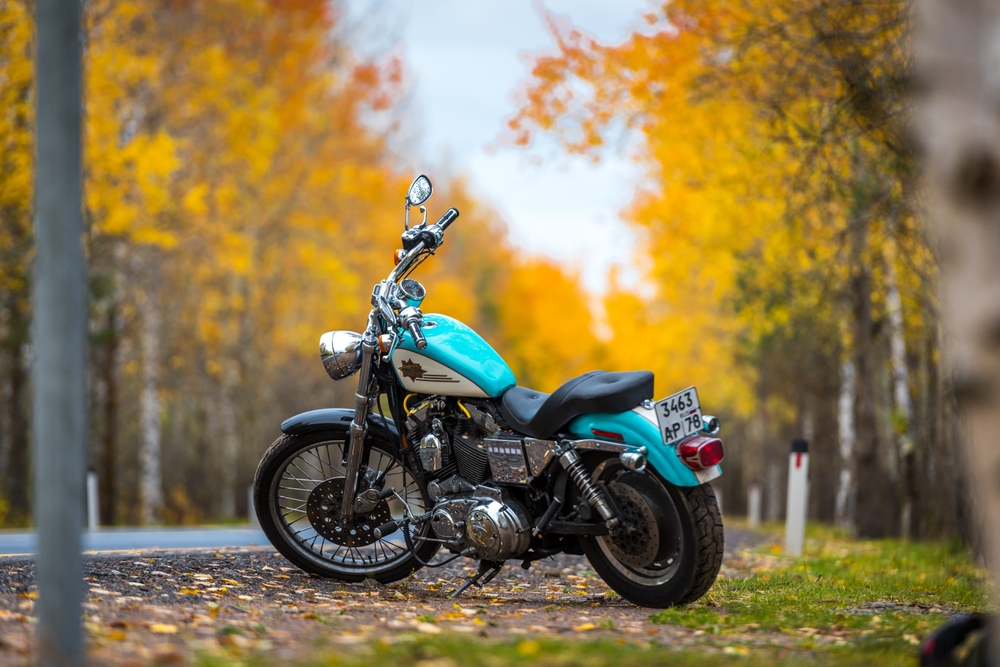
Models like the Harley-Davidson Sportster, introduced in 1957, have enjoyed decades of production due to their enduring popularity and timeless design. The longevity of these models highlights the brand’s ability to create motorcycles that appeal across generations, maintaining a balance between classic appeal and modern advancements.
Harley-Davidson’s XR-750 is the most successful racing motorcycle of all time
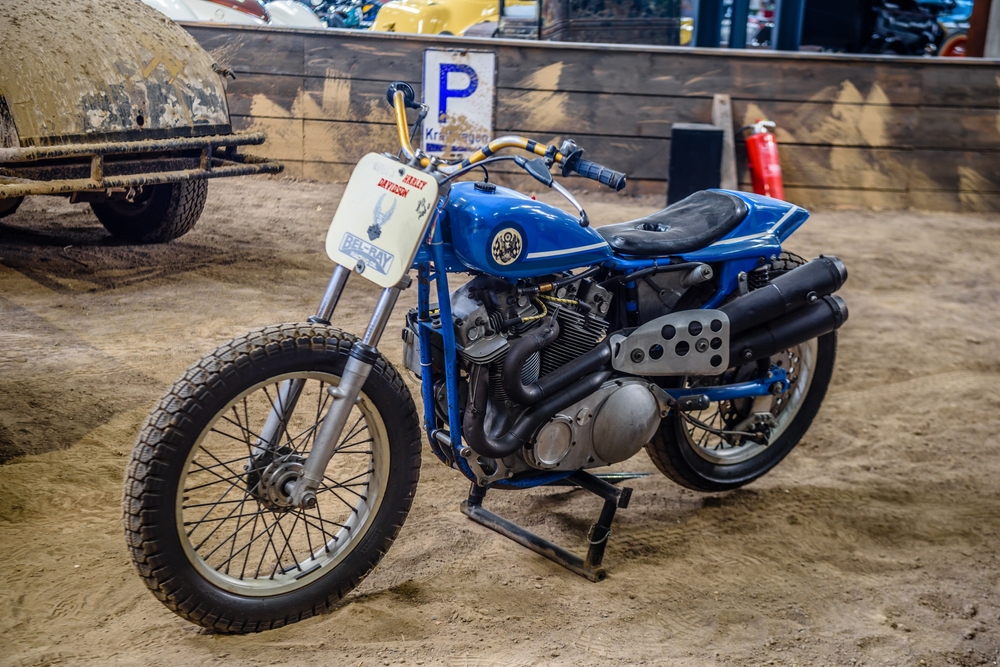
The XR-750, introduced in 1970, has become legendary in the racing world, particularly in flat-track racing. It has won more championships than any other motorcycle in history, showcasing Harley-Davidson’s prowess in high-performance engineering. The XR-750’s success underscores the brand’s competitive spirit and dedication to excellence.
Harley-Davidson motorcycles have appeared in numerous films and TV shows

From “Easy Rider” to “Terminator 2,” Harley-Davidson motorcycles have been featured prominently in popular culture. These appearances have helped cement the brand’s image as a symbol of freedom and rebellion. The cultural impact of Harley-Davidson extends far beyond the road, influencing fashion, music, and lifestyle.
The Harley Owners Group (H.O.G.) is one of the largest factory-sponsored motorcycle clubs in the world
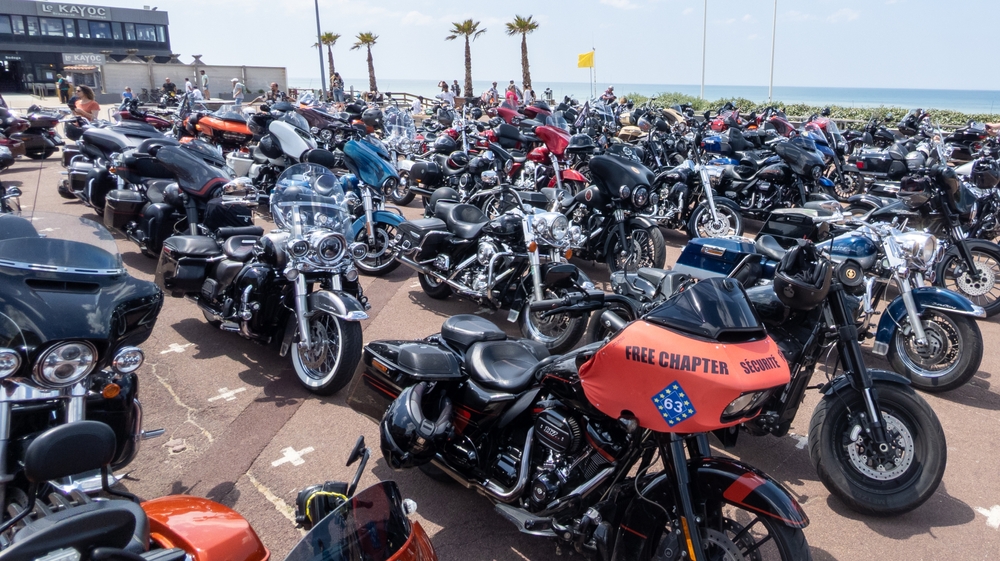
Founded in 1983, the Harley Owners Group has grown to include over a million members worldwide. H.O.G. provides a community for Harley enthusiasts to share their passion, participate in events, and engage with the brand on a deeper level. The success of H.O.G. demonstrates Harley-Davidson’s ability to foster a loyal and engaged community.
This article originally appeared on MyCarMakesNoise.
More from MyCarMakesNoise
12 Rare Military Vehicles Collectors Dream About
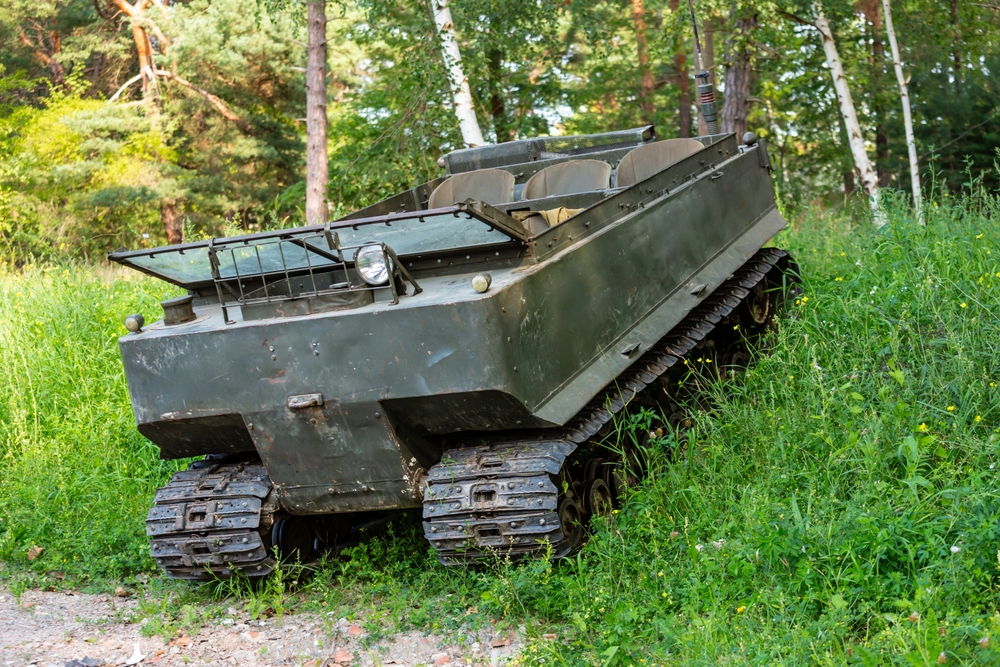
For military vehicle enthusiasts, the thrill of discovering rare and unique models is unparalleled. These collectors often dream about acquiring the most elusive and historically significant military vehicles. Read More.
15 Reliable 10-Year-Old Cars Built to Last Another Decade
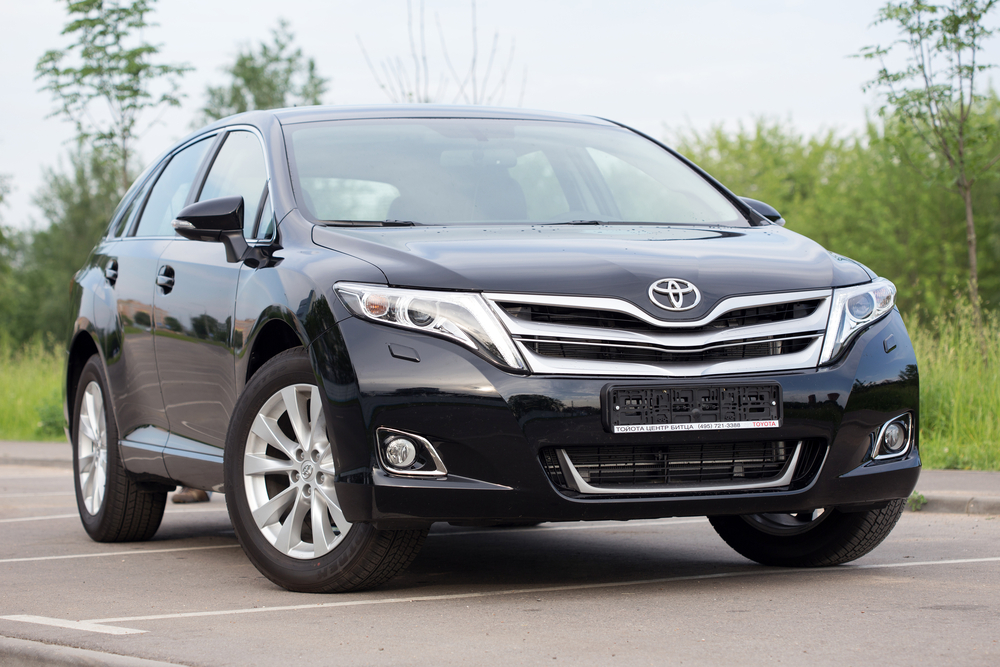
Are you looking to invest in a vehicle that stands the test of time? Our roundup of 10-year-old cars proves that age is just a number when it comes to reliability and durability. Read More.
15 Unreliable Car Brands with High Breakdown Rates

When shopping for a new car, reliability is as crucial as the aesthetic appeal or the features it offers. However, not all vehicles are created equal in this regard. Some brands are notorious for their frequent breakdowns and high maintenance costs, potentially doubling the trouble for their owners compared to the average vehicle. Read More.

